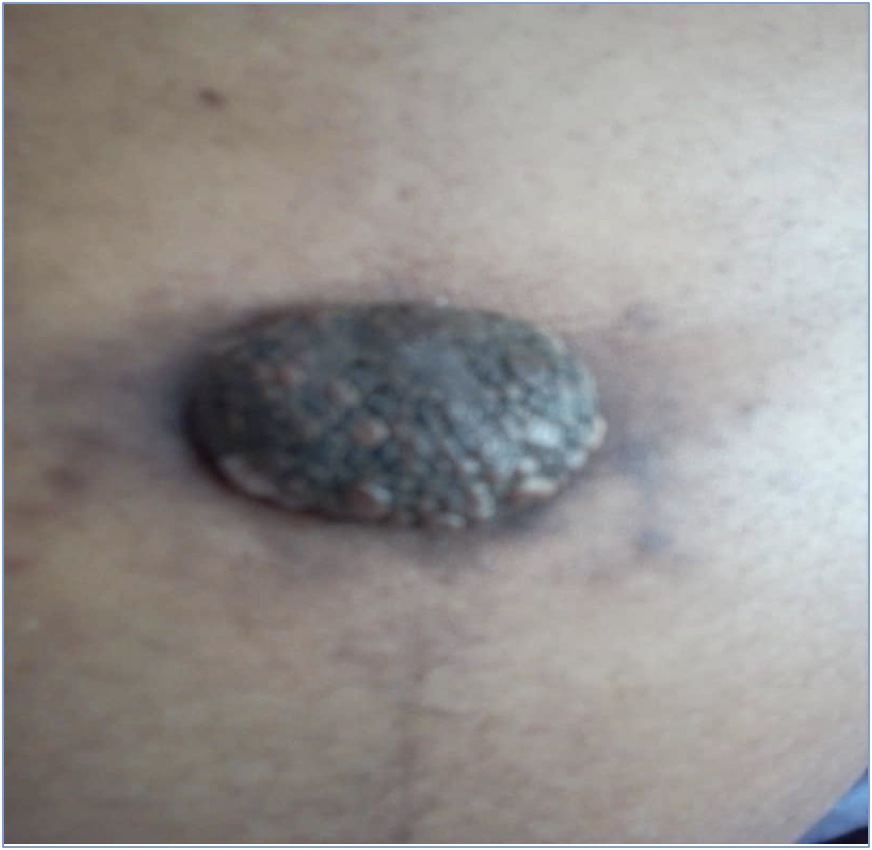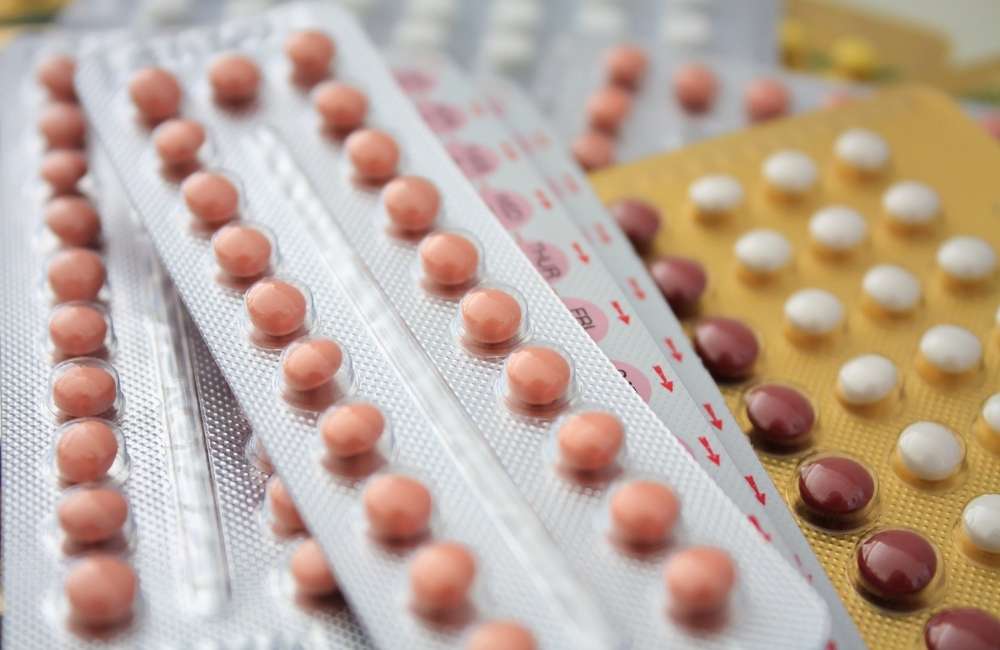Endometriosis is a common gynaecological condition, a chronic inflammatory disease characterized by the presence of tissues resembling endometrium (the lining of the uterus) outside the uterus.
Please note that this tissue in endometriosis is not the same as endometrial tissue, but they have some features in common.
The tissue responds to hormones that affect the menstrual cycle in the same way that endometrial tissue does. It swells and bleeds like endometrial tissue, but there is nowhere for the waste tissue and blood to go thus resulting in the formation of adhesions and fibrosis within and outside the pelvis.
Several lesions have been described concerning sites seen viz
- If found on the covering of the pelvis (the peritoneum) – superficial endometriosis
- If found in the ovaries – Endometrioma
- If found in the demarcation between the rectum and the vagina, bowel, bladder etc. – Deep endometriosis
- If found in the uterine muscles it becomes Adenomyosis
- If found outside the pelvis- like in the lungs, skin etc. – Distant endometriosis
What Are The Causes of Endometriosis?
The causes of endometriosis are still unknown, but certain theories have been postulated as to the causes.
-
Backflow of Menstrual Blood
This is popularly referred to as the retrograde menstruation theory –Here it is believed that tissues from the uterus travel through the fallopian tube with the menstrual blood to the abdominal cavity.
Nearly all women have some degree of retrograde menstruation, but only a few women will get endometriosis. This may be due to differences in a woman’s immune system.
-
Cells Transformation (Coelomic Metaplasia)
In this postulation, cells in the body outside of the uterus can change to become cells that line the uterus. This is a common explanation for endometriosis at unusual sites.
-
Hematogenous Spread
This explains that there could be a possibility of the lining of the uterus being spread through blood vessels and the lymphatic systems. This can offer some explanation for the distant spread of the endometrial tissues.
-
Iatrogenic Spread (Scar Endometriosis)
Endometriosis can also spread at the time of surgery. For example, a woman with endometriosis that undergoes a cesarean section or fibroid removal surgery (Myomectomy) could inadvertently have endometriosis implanted in the abdominal incision so that she develops endometriosis in the scar from the surgery.
It is also been observed that endometriosis tends to be common if a close relative has the disease thus opening the chapter of genetic association.

Scar endometriosis observed after myomectomy
Symptoms Of Endometriosis
- Pain is the most common symptom of endometriosis. Women with endometriosis experience pelvic or lower abdominal pain.
-
- Pain with menses (dysmenorrhea),
- Pain with intercourse (dyspareunia)
- Pain during bowel movements (dyschezia).
Symptoms can be constant or “cyclical,” meaning that they worsen before and during the period, and then improve. Also, constant pelvic or lower abdominal pain may be reported.
-
- Infertility.
- Bowel and bladder symptoms (bloating, constipation).
- Blood in the urine, or pain with urination)
- Abnormal vaginal bleeding.
Diagnosis of Endometriosis
Endometriosis diagnosis starts from history, clinical examination and the following investigations for definitive diagnosis.
-
Pelvic Ultrasound Scan
Both Trans abdominal and Trans vaginal scans are usually done.
-
Laparoscopy
In this procedure, the doctor looks into the abdomen with a camera through an opening made in the belly button to visualize and possibly biopsy suspected endometriosis lesions.
Laparoscopy is the gold standard investigation unless the disease is visible in the vagina or elsewhere. There is insufficient evidence to justify timing the laparoscopy at a specific time in the menstrual cycle.
-
CT-Scan and MRI scan
MRI has the advantage of imaging the entire pelvis in multiple planes. It is particularly useful in evaluating endometriosis in the rectum & demarcation between the rectum and the vagina, bowel, and bladder.
-
CA-125 Test
80% of patients with pelvic pain & raised CA125 levels to have endometriosis, while only 6% of those without endometriosis may have raised CA125 levels.
-
Histology
Positive histology confirms the diagnosis of endometriosis but Negative histology does not exclude it.
Link With Infertility
Between 20 and 40% of women with infertility will have endometriosis. Endometriosis likely impairs fertility in two ways: first, by distorting the fallopian tubes so that they are unable to pick up the egg after ovulation, and second, by creating inflammation that can adversely affect the function of the ovary, egg, fallopian tubes or uterus.
Endometriosis Treatment
Endometriosis has no cure but the symptoms can be managed. There are three approaches to treatment, namely medical, surgical and fertility treatments.

-
Medical Therapy
-
Non-steroidal anti-inflammatory drugs (NSAIDs) and Cox2 inhibitors
American College of Gynecologists (ACOG) recommends 3 months trial of NSAID & cyclic Oral contraceptive pills (OCP). If pain persists after 3 months then laparoscopy should be considered and if the patient is> 18 years and wish to avoid surgery-then empiric GnRHagonists should be recommended.
-
Combined oral contraceptives (COCs)
-
Androgen receptor Agonist
The medication danazol (Danocrine) helps stop your body from releasing hormones that it uses to help bring about your period and increases your immune system. You need to be on birth control while you take it to prevent pregnancy. If you get pregnant while taking danazol, it could cause a female baby to have male traits.
-
Progestin-only contraceptives
These include pills, shots, and an IUD (intrauterine device). These medicines can cut down on pain, as most women don’t have a period while taking these medicines, or at least have fewer periods.
-
GnRH agonists and antagonists
Causes pseudo menopause (false menopause) but is very effective if the patient is unable to have an acceptable degree of pain control with combined oral contraceptives( COCs). Not to be given if< 17 years
-
Aromatase inhibitors
Aromatase is the key enzyme responsible for estrogen production in the ectopic endometrium, further stimulated by PGE2.
Inhibitors decrease local estrogen synthesis and inhibit the growth of endometriotic implants.
-
Selective Estrogen Receptor Modulators
Non-steroidal anti-estrogens bind to estrogen receptors and can act as either estrogen agonists or antagonists, depending on the target tissue. It has estrogen antagonist activity on the endometrium but agonist activity on the bone.
-
Selective Progesterone Receptor Modulators
Can act as either agonists or antagonists of progestogenic activity, depending on the target tissue.
Suppress endometrial proliferation selectively in the presence of an estrogenic environment thus allowing the treatment of endometriotic implants without the side effects of systemic estrogen deprivation.
-
Surgical Treatment
-
Conservative Surgery
Indicated if medical therapy fails or contraindicated or intolerable side effects. Cystectomy ( Removal of the cyst)/ adhesiolysis(Breakdown of adhesions) may be an option.
-
Definitive Surgery
In Deep infiltrating endometriosis and severe cases, hysterectomy (removal of the uterus) and removal of all visible endometriotic tissue can be done. Removal of tubes and ovaries on both sides may result in improved pain relief & reduced chances of future surgery.
In cases with normal ovaries, removal of the uterus (hysterectomy) with ovarian conservation and removal of endometriotic lesions should be considered
-
Fertility treatment
If endometriosis affects fertility, in-vitro fertilization may be an option.
Recurrent Endometriosis
Spontaneous resolution occurs in about 20% of endometriosis. It is important to understand these conditions.
- Residual disease
Persistence of symptoms or reappearance of symptoms within 3 months.
- Recurrence
It usually appears after 3 months.
Conclusion
Laparoscopy is the gold standard diagnostic tool for endometriosis and because it is an inflammatory and estrogen-dependent condition, Drugs targeting this should be considered. And also treatment must be individualized with a multidisciplinary approach involving pain clinic & counselling,
Gynaecologists/ fertility experts should be considered. Drug therapy should be selected considering efficacy, cost and adverse effects. Treat early and aggressively by surgical destruction or excision preferably by laparoscope
It’s important to immediately contact your doctor if you feel you might have endometriosis to begin the process of getting an accurate diagnosis and eventually creating a plan based on your specific situation.

